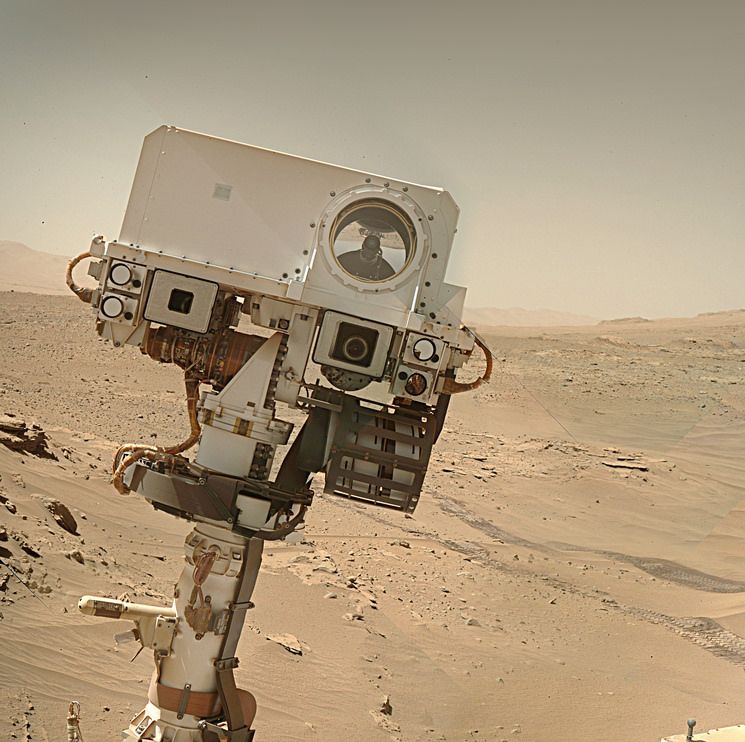Curiosity rover is exploring a scientifically exciting area on Mars, but communicating with the mission team on Earth has recently been a challenge due to both the current season and the surrounding terrain. In this Mars Report, Curiosity engineer Reidar Larsen takes you inside the uplink room where the team talks to the rover.
See why Curiosity’s location in Gediz Vallis channel makes it difficult to send direct commands — and how the team ensures they always stay connected to the rover. Curiosity landed in 2012 to look for evidence that Mars’ Gale Crater had the conditions to support microbial life in the ancient past. Curiosity has confirmed those conditions existed on the crater floor as well as on various parts of Mount Sharp, the 3-mile-tall (5-kilometer-tall) mountain within the crater that the rover has been ascending since 2014.
Do we have laser relay sats for Mars communication yet, or are we still shouting at it with the Deep Space Network?
No laser comms at Mars yet, so still relying on the DSN. From what I have read the laser comms trials have been very successful, so I guess we’ll have to limp by on DSN radio until the funds to improve the service are available. In today’s economic climate, I’m assuming that could be a rather long wait…
The cost of communications satellites is dropping. I wouldn’t be surprised if we see some Martian laser comm sats in the next 5 to 10 years.
I’d like to hope so. One could assume that it would be a prerequisite to any crewed missions, so fingers crossed for a high-speed / volume DSN in my lifetime ☺️

